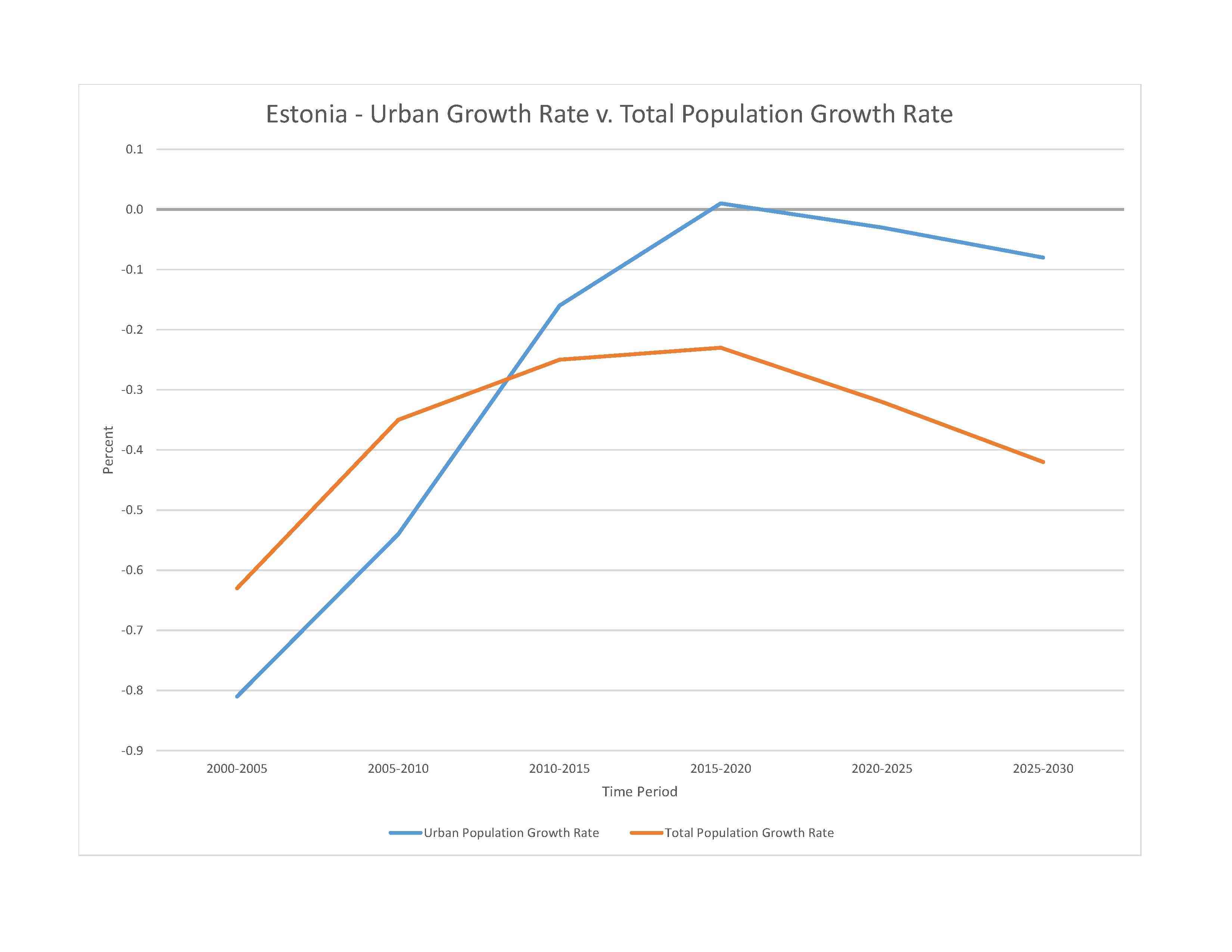
air polluted with sulfur dioxide from oil-shale burning power plants in northeast; however, the amounts of pollutants emitted into the air have fallen dramatically and the pollution load of wastewater at purification plants has decreased substantially due to improved technology and environmental monitoring; Estonia has more than 1,400 natural and manmade lakes, the smaller of which in agricultural areas need to be monitored; coastal seawater is polluted in certain locations
party to: Air Pollution, Air Pollution-Heavy Metals, Air Pollution-Nitrogen Oxides, Air Pollution-Persistent Organic Pollutants, Air Pollution-Sulphur 85, Air Pollution-Volatile Organic Compounds, Antarctic Treaty, Biodiversity, Climate Change, Climate Change-Kyoto Protocol, Climate Change-Paris Agreement, Comprehensive Nuclear Test Ban, Desertification, Endangered Species, Environmental Modification, Hazardous Wastes, Law of the Sea, Marine Dumping-London Protocol, Ozone Layer Protection, Ship Pollution, Tropical Timber 2006, Wetlands, Whaling
signed, but not ratified: none of the selected agreements
maritime; wet, moderate winters, cool summers
agricultural land: 22.2% (2018 est.)
arable land: 14.9% (2018 est.)
permanent crops: 0.1% (2018 est.)
permanent pasture: 7.2% (2018 est.)
forest: 52.1% (2018 est.)
other: 25.7% (2018 est.)
urban population: 69.8% of total population (2023)
rate of urbanization: -0.03% annual rate of change (2020-25 est.)

0.85% of GDP (2018 est.)
0% of GDP (2018 est.)
particulate matter emissions: 6.35 micrograms per cubic meter (2019 est.)
carbon dioxide emissions: 16.59 megatons (2016 est.)
methane emissions: 0.99 megatons (2020 est.)
municipal solid waste generated annually: 473,000 tons (2015 est.)
municipal solid waste recycled annually: 117,020 tons (2015 est.)
percent of municipal solid waste recycled: 24.7% (2015 est.)
fresh water lake(s): Lake Peipus - 4,300 sq km (shared with Russia); Lake Võrtsjärv - 270 sq km
municipal: 60 million cubic meters (2020 est.)
industrial: 790 million cubic meters (2020 est.)
agricultural: 4.5 million cubic meters (2017 est.)
12.81 billion cubic meters (2020 est.)
NOTE: The information regarding Estonia on this page is re-published from the 2024 World Fact Book of the United States Central Intelligence Agency and other sources. No claims are made regarding the accuracy of Estonia 2024 information contained here. All suggestions for corrections of any errors about Estonia 2024 should be addressed to the CIA or the source cited on each page.
This page was last modified 04 May 24, Copyright © 2024 ITA all rights reserved.